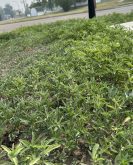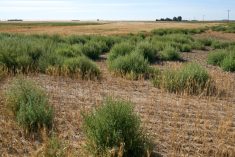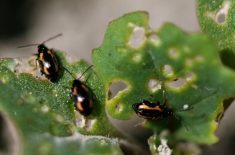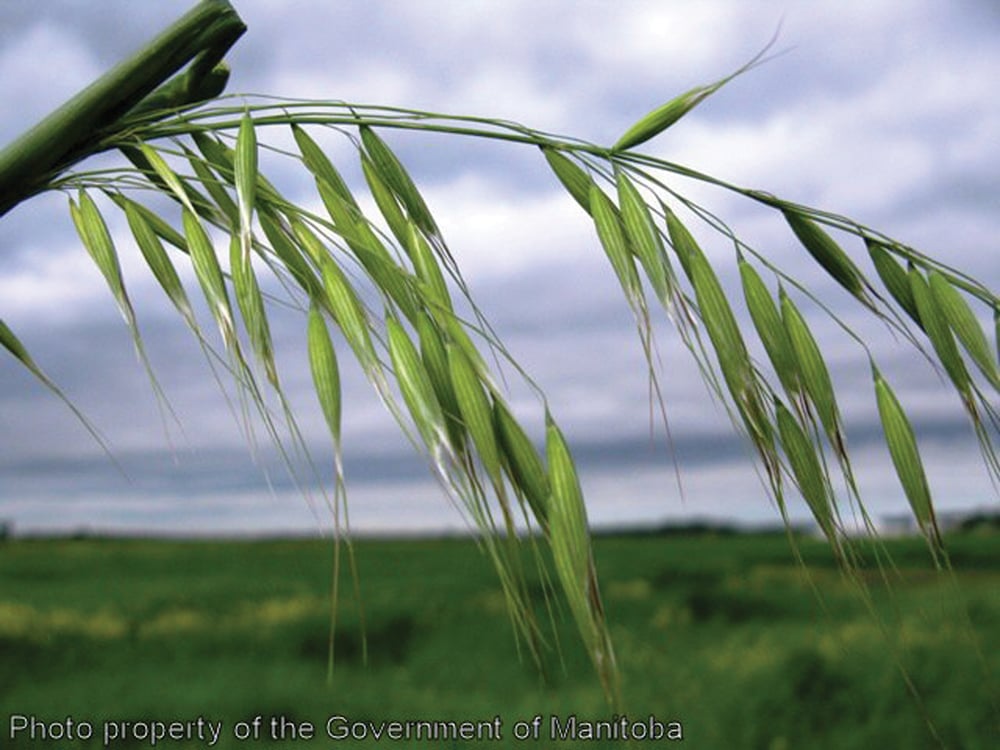It’s already bad, but the problem of herbicide-resistant wild oats in Alberta will get a lot worse in a hurry if farmers don’t change their ways, says an Agriculture and Agri-Food Canada scientist.
Today, 37 per cent of Western Canada’s cropland has herbicide-resistant weeds, with resistant wild oats in 28 per cent of fields, Neil Harker said at the recent Agronomy Update.
“We’re putting on $500 million a year in Western Canada worth of wild oat herbicides, so we can expect we’re going to get lots of resistance,” said Harker.
Read Also
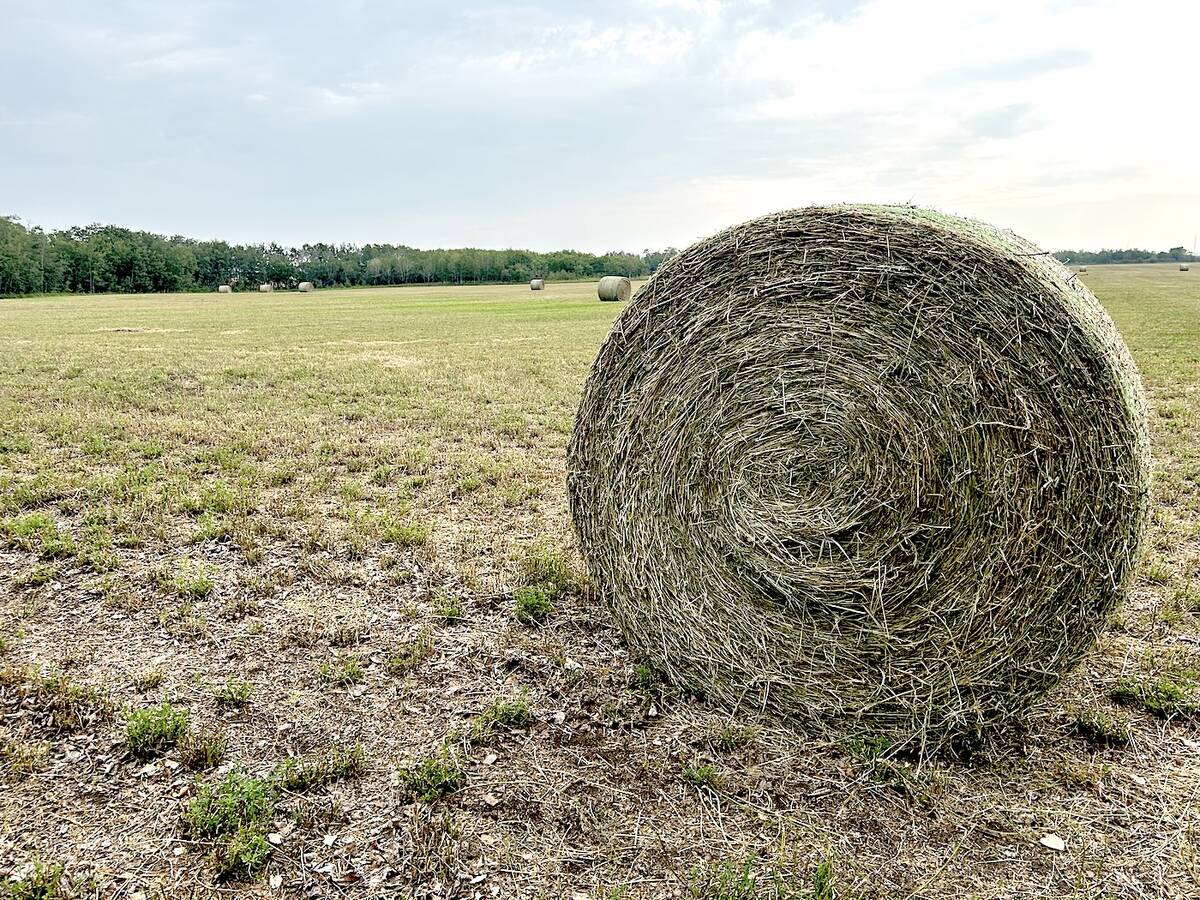
Alberta has adequate feed supplies going into winter
Hay yields across Alberta were varied, but one expert says feed supplies are in strong supply for Alberta producers for the upcoming winter.
“If you want to know what’s going to be most resistant, a simple formula is to look at where we’re putting all the selection pressure. It’s because we put on so many wild oat herbicides.”
More than 50 per cent of Alberta’s wild oats population now has resistance to Group 1 herbicides, up from 39 per cent from an Agriculture and Agri-Food Canada random sampling conducted in 2007. (The department also tested more than 1,000 weed seed samples sent in by Prairie growers from 2007 to 2011.)
But it could be much worse.
In the southern U.S., glyphosate-resistant Palmer amaranth has reduced cotton acreage by 80 per cent (200,000 acres versus one million acres five years ago) and that’s resulted in some cotton producers losing their farms.
“We are not in that dire of a situation,” Harker said. “But if we don’t change anything, we’re going in that direction.”
Selection pressure
Farmers have to “do something a little different,” said Harker, and that means reducing herbicide use and lengthening rotations.
Harker pointed to a 2005 study on wild oat management practices evaluating the effectiveness of variables such as rotation; cultivar height; and seeding and herbicide rates.
“When we went from short barley at a low seeding rate to tall barley at a high seeding rate, we could get a very substantial reduction in wild oat biomass with the same herbicide rate,” said Harker.
And stretching the crop rotation resulted in a “nineteenfold reduction from the worst practice to the best practice.”
A similar 2013 study looked at how diverse rotations without the use of herbicides stacked up against a standard wheat-canola rotation with 100 per cent herbicide application.
“In Lacombe, five of the six treatments that had zero herbicides three years in a row gave us a similar wild oat biomass to canola-wheat over and over again,” said Harker, adding results in Lethbridge and St. Albert were similar.
Giving up the most profitable rotation is tough, but there’s no question what will happen if farmers don’t, Harker said.
“If we keep doing the same thing we’re doing with herbicides, some of those herbicides will be lost.”



